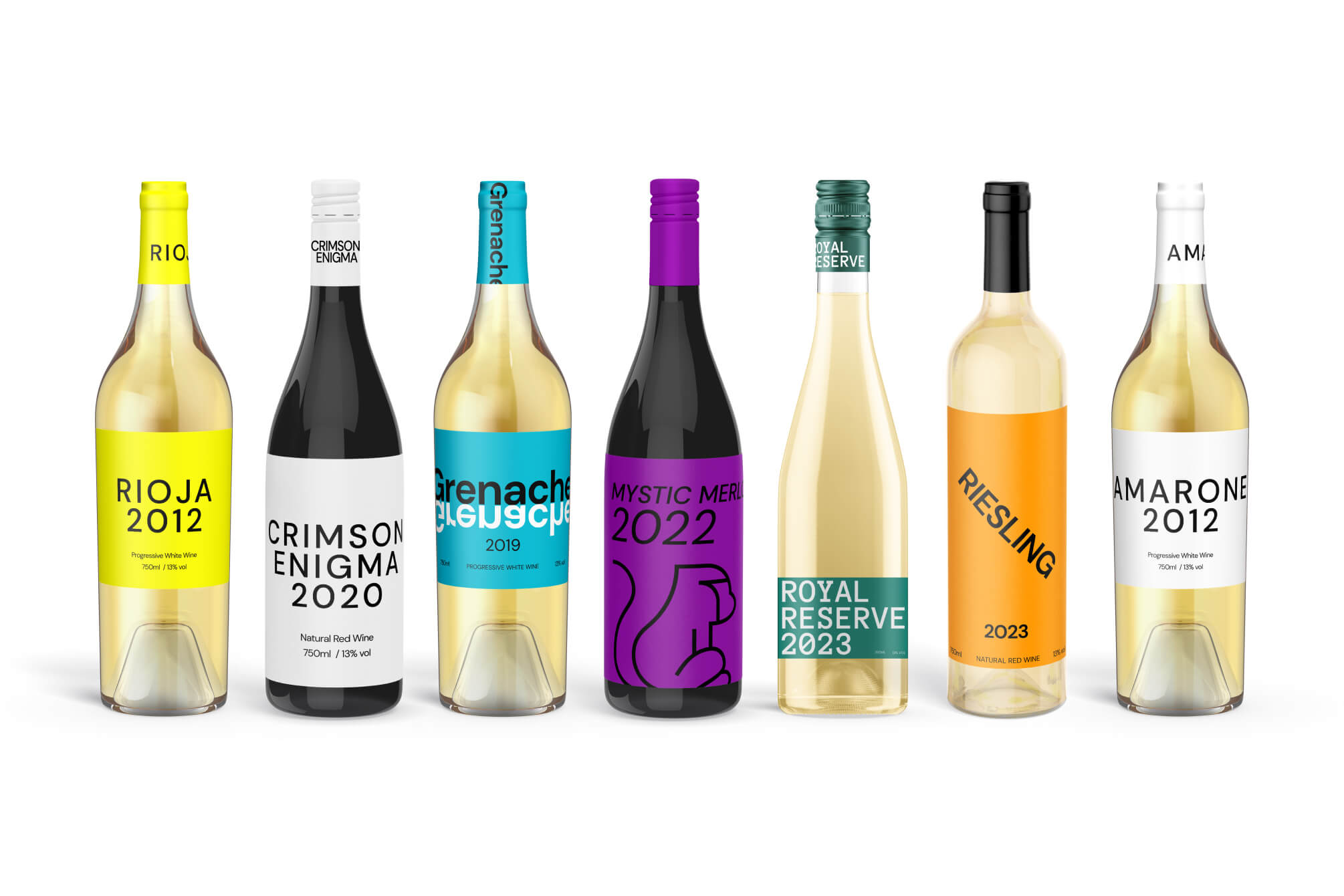How to Choose the Perfect Bottle of Wine

Step 1: Introduction.
Choosing the right bottle of wine can be a delightful and rewarding experience, even for those who are new to the world of wine. With a multitude of options available, understanding a few key factors can help you navigate through the choices and find a bottle that suits your taste preferences and occasion. In this beginner's guide, we will explore some essential tips to assist you in choosing the perfect bottle of wine.
Step 2: Determine Your Preferences.
The first step in selecting a bottle of wine is to identify your personal taste preferences. Do you prefer red, white, or rosé wine? Consider the flavors you enjoy in other beverages or foods. If you like bold, full-bodied flavors, you may lean towards red wines like Cabernet Sauvignon or Syrah. If you prefer lighter, crisper flavors, white wines such as Sauvignon Blanc or Pinot Grigio may be more to your liking. Exploring different styles and varietals will help you discover your preferences.
Step 3: Consider the Occasion and Food Pairing
The occasion for which you are choosing the wine plays a significant role in your selection. Consider whether you are pairing the wine with a specific meal, celebrating a special occasion, or simply enjoying it on its own. For example, a sparkling wine like Champagne or Prosecco is perfect for celebrations, while a rich red wine may complement a hearty meal. Seek guidance from experts or explore online resources to find suitable food and wine pairing suggestions.
Step 4: Research Wine Regions.
Wine is produced in various regions worldwide, each with its own distinct characteristics. Research different wine regions to get a sense of the styles of wine they produce. For instance, if you enjoy fruity and medium-bodied red wines, you might explore wines from the regions of Burgundy in France or Willamette Valley in the United States. Understanding the general characteristics of different regions can help you narrow down your options.
Step 5: Read Wine Labels.
Deciphering wine labels can provide valuable information about the wine and its quality. Pay attention to the grape variety, the region of origin, and the vintage (the year the grapes were harvested). Labels may also indicate the winery or producer, which can serve as a clue to the wine's quality and style. Additionally, some labels may provide tasting notes or descriptions, giving you an idea of what to expect from the wine.
Step 6: Seek Recommendations.
If you're unsure where to start, don't hesitate to seek recommendations from trusted sources. Wine shops with knowledgeable staff, sommeliers, or wine enthusiasts can offer guidance based on your preferences and budget. Online wine communities, forums, and apps dedicated to wine can also provide valuable insights and recommendations from fellow wine lovers. Consider joining tasting events or wine clubs to expand your knowledge and discover new wines.
Step 7: Experiment and Explore.
The world of wine is an endless journey of discovery. Don't be afraid to step out of your comfort zone and try different wines. Attend tastings or wine festivals where you can sample a variety of wines without committing to a full bottle. Take notes on what you like and dislike to refine your preferences further. Remember, wine appreciation is subjective, and exploring different styles and regions will expand your palate and enhance your enjoyment.
Conclusion.
Choosing the perfect bottle of wine is a delightful adventure that involves understanding your preferences, considering the occasion and food pairing, researching wine regions, reading labels, seeking recommendations, and embracing exploration. With each bottle you try, you'll gain a deeper understanding of your own tastes and preferences. So, take your time, savor the experience, and embark on a journey that will enrich your appreciation for the fascinating world of wine. Cheers!







